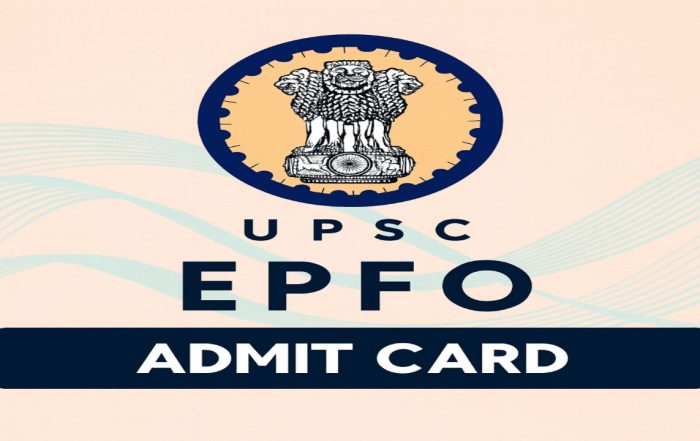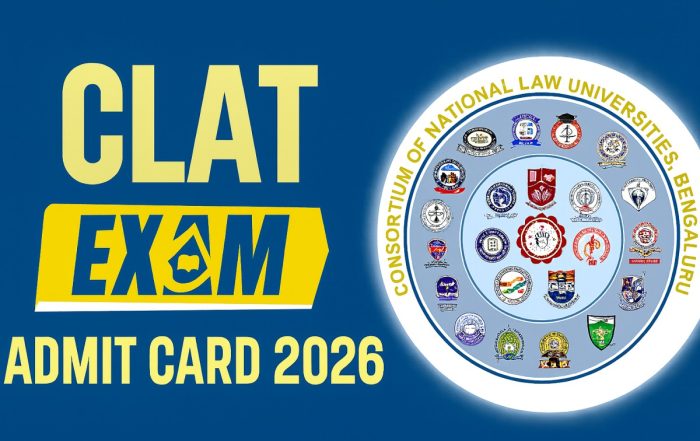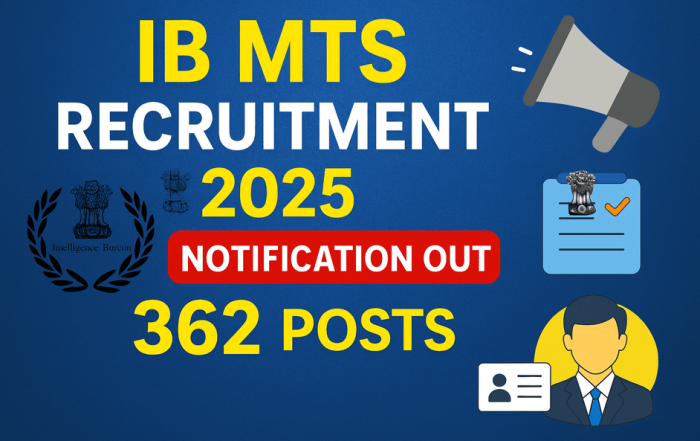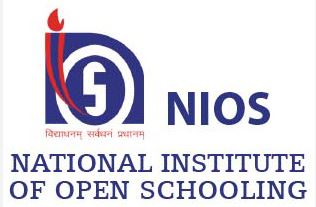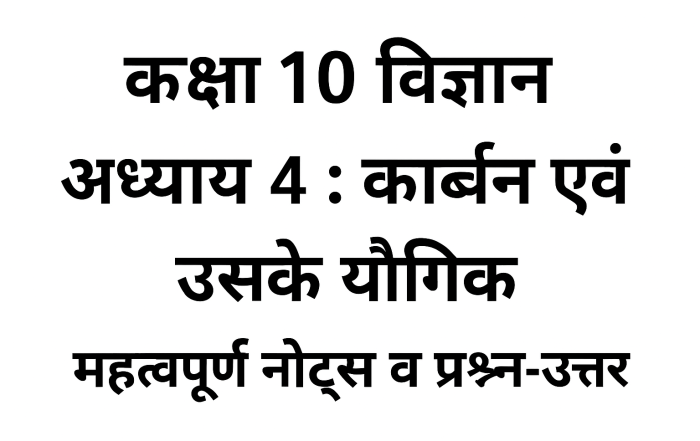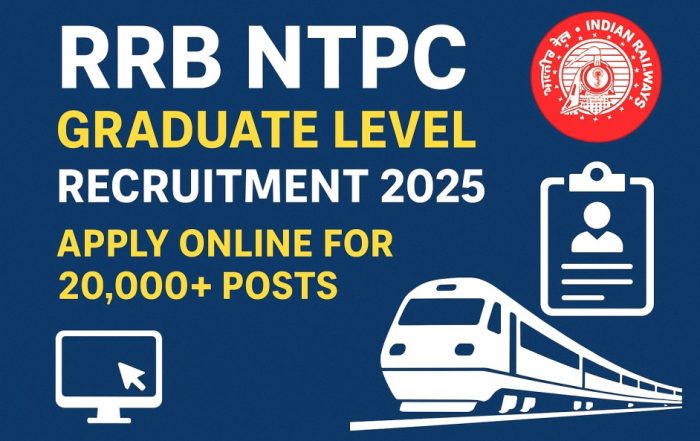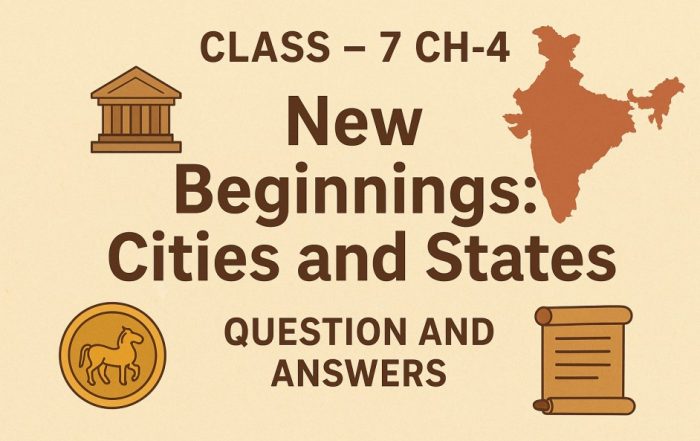RECENT POSTS
NIOS April 2026 Registration Begins: Apply Online Now
NIOS April 2026 Registration Open 🎉 | Class 10 & 12 Students Apply Now The National Institute of Open Schooling (NIOS) has officially opened the registration and fee payment window for the April 2026 exams [...]
CSIR NET 2025 Notification: December Exam Date, Eligibility, Fee & How to Apply
CSIR NET 2025 Notification Out 🚀 The National Testing Agency (NTA) has released the CSIR UGC NET December 2025 Notification, confirming the exam date as 18 December 2025.This national-level exam determines eligibility for JRF, Assistant [...]
UPSC EPFO Admit Card 2025: Download Hall Ticket Now
UPSC EPFO Admit Card 2025: Download Your Hall Ticket Soon 🎫 The Union Public Service Commission (UPSC) will release the UPSC EPFO Admit Card 2025 soon on its official website: www.upsc.gov.in. The UPSC EPFO APFC [...]
CLAT Admit Card 2026: Released on 27 November 2025
CLAT Admit Card 2026: Released on 27 November 2025🎓 The Consortium of National Law Universities has made the CLAT Admit Card 2026 available from 27 November 2025. All candidates appearing for the Common Law Admission [...]
IB MTS 2025: Apply Online for 362 New Vacancies
IB MTS Recruitment 2025: Notification Out for 362 Posts 📢 The Intelligence Bureau (IB) under the Ministry of Home Affairs (MHA) has released the official notification for IB MTS Recruitment 2025. This year, the department [...]
NIOS Revised Exam Schedule 2025: Updated Dates for Class 10 & 12 After Postponement
NIOS Revised Exam Schedule 2025: Updated Dates for Class 10 & 12 After Postponement The National Institute of Open Schooling (NIOS) has officially revised the exam timetable for its Secondary (Class 10) and Senior Secondary [...]
कक्षा 10 विज्ञान अध्याय 4: कार्बन एवं उसके यौगिक – महत्वपूर्ण नोट्स व प्रश्न-उत्तर
कक्षा 10 विज्ञान अध्याय 4: कार्बन एवं उसके यौगिक – महत्वपूर्ण नोट्स व प्रश्न-उत्तर कार्बन का सामान्य परिचय 1.हीरा ➠इसमें प्रत्येक कार्बन परमाणु कार्बन के अन्य चार परमाणुओं से जुड़कर एक कठोर त्रि-विमीय संरचना बनाता [...]
RRB NTPC Graduate Level Recruitment 2025 – Apply Online for 20,000+ Posts
RRB NTPC Graduate Level Recruitment 2025 – Apply Online for 20,000+ Posts 🚆✨ RRB has released the short notification for RRB NTPC Graduate Level Recruitment 2025 for more than 20,000 vacancies across India. Eligible candidates [...]
Class 7 – Chapter 4: New Beginnings – Cities and States (Questions and Answers)
CLASS – 7 CH-4 : New Beginnings : Cities and States Question and Answers Ancient India witnessed the rise of early cities, powerful states, and new forms of governance.This chapter explains how kingdoms expanded, how [...]
KVS NVS Recruitment 2025 – Apply for 14,967 Posts
KVS NVS Recruitment 2025 – Apply for 14,967 Posts ✨ Kendriya Vidyalaya Sangathan (KVS) and Navodaya Vidyalaya Sangathan (NVS) have announced the KVS NVS Recruitment 2025 for a total of 14,967 teaching and non-teaching vacancies. [...]



